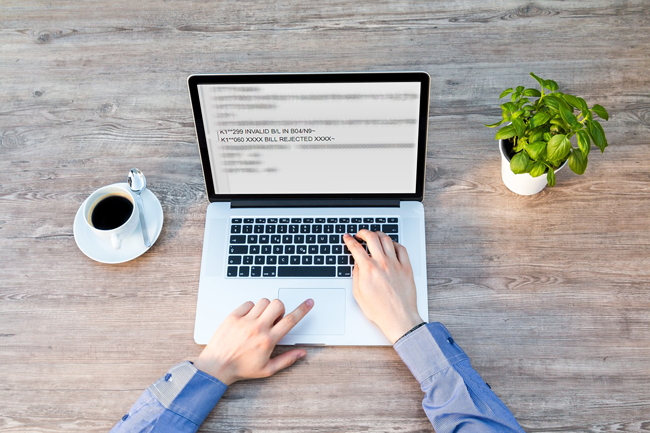Top 3 rejections from US customs
Date Published: 2020-04-16
Related Articles
Recommended Software
In the past decade, many customs systems have been transitioning from physical documents to electronic document management systems. This includes Canadian Customs, United States Customs, Australian Customs and European Customs. Beyond eliminating mountains of physical paperwork, going paperless is helpful when it comes to data consistency and minimizing user error.

However, this doesn’t mean you won’t ever encounter any trouble in reporting your manifest electronically to customs or clearing your cargo.
Here are some common error codes you may encounter when reporting manifest to US Customs:
- 143 DDPP Not on Manifest - US Vessel Departure/Arrival
- 299 Invalid B/L in B04/N9 - Bill of Lading
- 211 Invalid Load-Empty - EmptyContainer Bill of Lading
143 DDPP Not on Manifest - US Vessel Departure/Arrival
This error happens when you electronically transmit a vessel departure or vessel arrival to US customs. It means that you have not transmitted a bill of lading to the reported load port in terms of vessel departure or to the reported US discharge port in terms of the vessel arrival.
To fix this, you first need to electronically submit a bill of lading for that load/US discharge port accordingly. After that, you can re-transmit the vessel departure/arrival for acceptance.
299 Invalid B/L in B04/N9 - Bill of Lading
This error happens when you electronically transmit a supplementary bill of lading (house bill of lading) to the US customs. It means this house bill of lading has referenced a master bill of lading that was not submitted to US customs as a “Master” type. The vessel carrier may have reported the Master BL as a regular bill.
To fix this type of error, you need to advise the vessel carrier to re-submit the Master BL as Master. Once the Master BL has been accepted, the House BL can be re-submitted to fix the error.
211 Invalid Load-Empty - EmptyContainer Bill of Lading
This error happens when you report an empty-container or Instruments of International Trade (IIT) bill of lading. It means you have indicated that this is an empty-container/IIT bill of lading but the container movement type is “Discharge Full”. To fix this error, you need to update the container movement type to “Discharge Empty” and re-submit the BOL.
These rejections can be fixed quickly if known but it requires a prompt attention and quick reaction to prevent any possible penalty.
The above information is for reference only. Seatech Systems Integration Inc. holds no responsibility and shall not be liable for any loss or damages in connection with the use of this information.